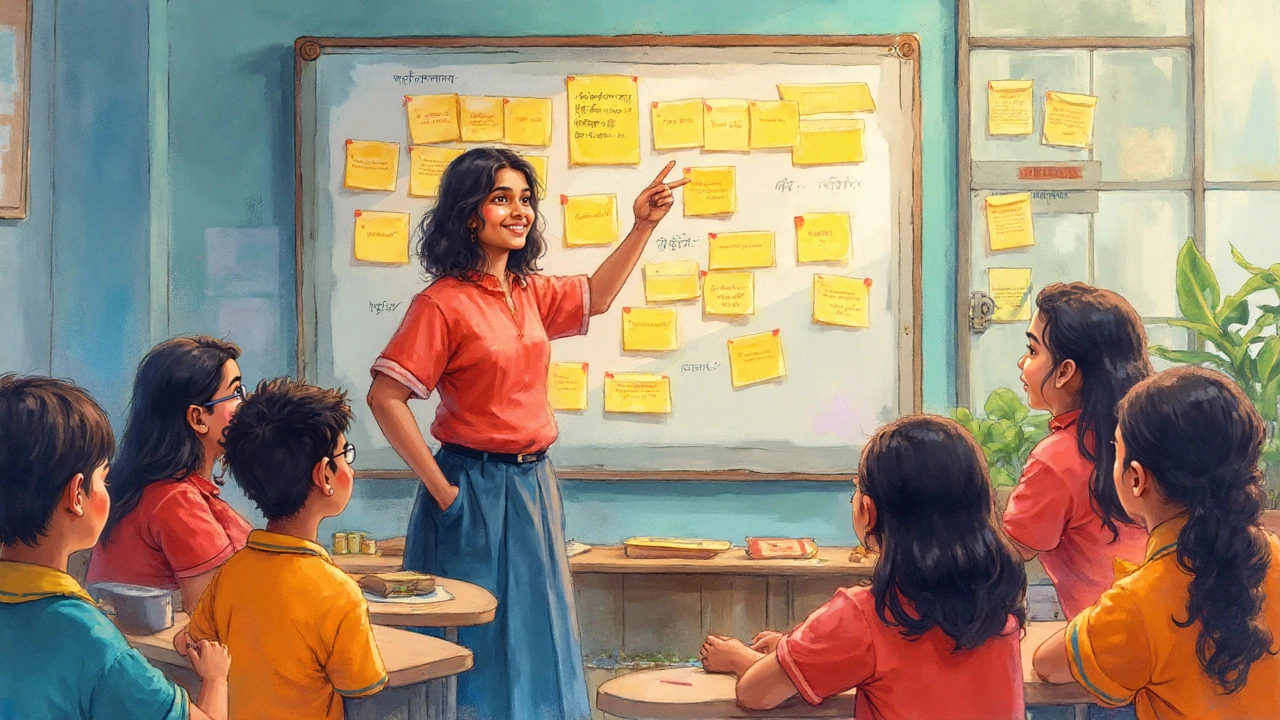Programming Process: From Idea to Working Code
When you talk about Programming Process, the series of steps developers follow to turn a problem into functional software. Also known as coding workflow, it shapes how ideas become usable applications.
A solid programming process typically moves through planning, coding, testing, and debugging. The planning stage, often called the Software Development Lifecycle, a structured sequence of phases that guide project delivery, helps define requirements and architecture before any line is written. Once the blueprint is set, developers dive into Coding Challenges, the technical hurdles that arise while converting design into code. Overcoming these obstacles usually requires problem‑solving, research, and iterative tweaks. Many programmers learn this on the job, but a growing number succeed through Self‑Taught Programming, an independent learning path that leverages free resources, community support, and hands‑on projects. This DIY approach not only builds confidence but also forces learners to confront real‑world bugs early.
Speaking of bugs, Debugging, the systematic process of locating and fixing errors in code is the bridge between a failing prototype and a polished product. Effective debugging relies on clear logs, breakpoints, and a mindset that treats errors as clues rather than setbacks. Pair programming, code reviews, and automated tests can accelerate this step, turning a solitary struggle into a collaborative win. When debugging is integrated into the daily routine, the overall programming process shortens, and code quality improves dramatically.
Common Roadblocks and How to Overcome Them
One frequent roadblock is scope creep—adding features without revisiting the plan. This expands the SDLC without proper re‑evaluation, leading to missed deadlines and buggy releases. Counter this by freezing requirements after the initial planning sprint and using a backlog to prioritize later enhancements. Another hurdle is the steep learning curve of new languages or frameworks. Here, self‑taught programmers benefit from bite‑sized tutorials and building mini‑projects that reinforce each concept before tackling larger tasks.
Time pressure can also force developers to skip testing, which later inflates debugging effort. Embedding unit tests early ensures that each function behaves as expected, catching defects before they compound. Tools like continuous integration pipelines automate this safety net, making testing a seamless part of the programming process.
Finally, motivation dips when progress stalls. Tracking small wins—like fixing a stubborn bug or completing a module—keeps momentum high. Communities on forums or Discord channels provide external encouragement and quick answers to coding challenges, reinforcing the self‑taught journey.
Below you’ll find a curated set of articles that dive deeper into each of these topics. From real‑world stories about the hardest coding obstacles to step‑by‑step guides on teaching yourself to code, the collection gives you actionable insights to refine your own programming process and push your projects forward.
Unlock coding with an easy guide to the 7 steps of programming—from identifying problems to debugging. Solid tips for beginners. Walk through each step clearly.
